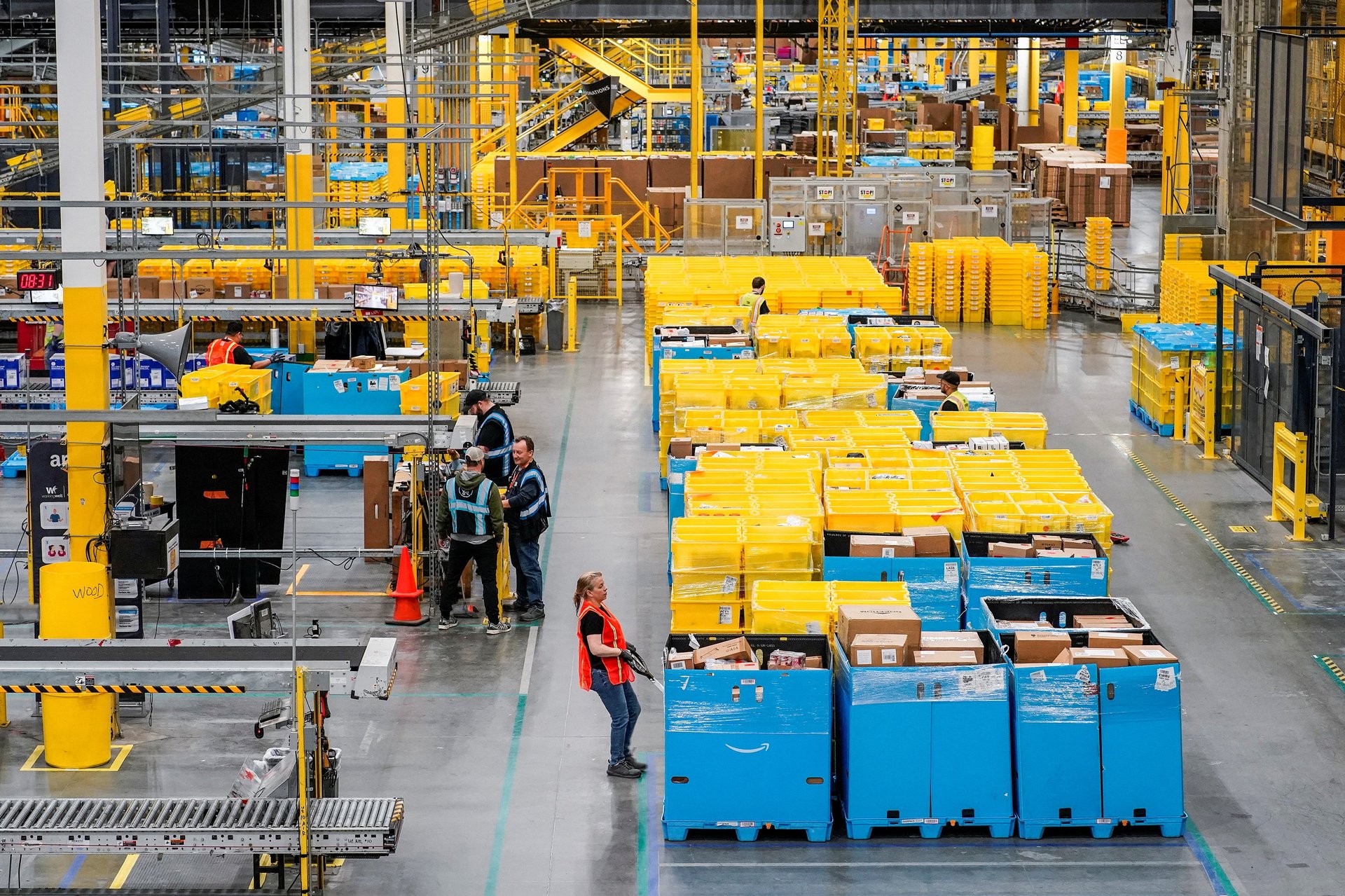Nearly 99% of US hourly workers earn more than the federal minimum wage
That's not exactly a reason to celebrate, however.

The US federal minimum wage is almost irrelevant at this point.
Suggested Reading
The number of American employees who make the federal minimum wage or less has dropped from about 7 million in 1979 to a little over a million in 2021, according to data from the US Bureau of Labor Statistics.
Related Content
That’s largely because the federal minimum wage has been stuck at the same hourly rate of $7.25 for more than a decade—not exactly a reason to celebrate.
Economists and politicians have long debated whether or not raising the federal minimum wage to $15 an hour would lead to better lives or cause employers to cut jobs. The deadlock is so severe that in recent years, worker advocates have struggled to get Congress to even consider—let alone pass—a bill to increase it. In 2021, a proposal to raise the federal minimum wage to $15 an hour was nixed from the $1.9 trillion pandemic relief bill.
Most of the US already has a higher minimum wage
Meanwhile, some 30 states, as well as DC, now have state-level wage standards that are well above the federal minimum. According to some estimates, at least 43% of the US workforce lives in states with a minimum wage of $15 or more. Big national employers like Amazon and Target long ago raised minimum wages to at least $15 an hour in their effort to attract and retain workers. Pay, in fact, has risen the fastest among lowest-wage workers.
“As wages have grown, fewer people are working at exactly the federal minimum wage, even if many are still paid $8, $9, or $10 an hour,” Ben Zipperer, an economist at the Economic Policy Institute, told Quartz.
“As far as whether the minimum wage leads to better lives or fewer jobs I think the research is clear,” he added. “Minimum wage increases have not led to large job losses and instead have raised the earnings of the lowest paid workers.”